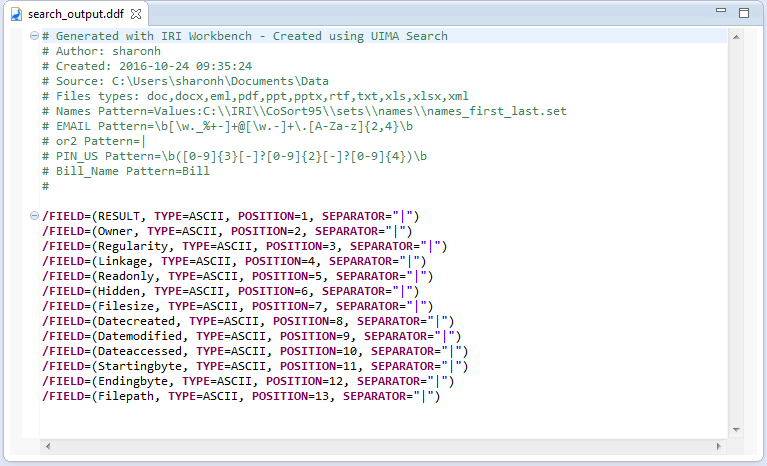 Data Transformation
Data Transformation
Bucketing Data Values Using Set Files
In data warehouses, it is common to map discrete data values to a set of ranges. This makes it easier to write queries that involve a range of discrete values. Read More
 Data Transformation
Data Transformation
In data warehouses, it is common to map discrete data values to a set of ranges. This makes it easier to write queries that involve a range of discrete values. Read More
 Test Data
Test Data
A universally unique identifier, or UUID, is an identifier standard used in software construction and data processing. The main function of the UUID is to be a unique identifier in registries, databases, or larger data stores like a data warehouse. Read More
 Data Migration
Data Migration
In the course of legacy platform and/or application migration, COBOL users often need to convert their binary and index files into a human-readable, ASCII-numeric target. One of these older formats is the ACUCOBOL Vision1 file, which we discussed previously in this article. Read More
 Data Migration
Data Migration
The “Multi-Table Migration Wizard” in the DBMS edition of IRI NextForm software moves data from one database to another, multiple tables at a time. IRI Voracity platform users can also make use of this feature. Read More
 Big Data
Big Data
Introduction: This example demonstrates an older method of using the unstructured data edition of IRI NextForm to extract dark data and prepare it for ingestion in Splunk for indexing and visualization purposes. Read More
 Data Migration
Data Migration
In addition to data, indexed files contain information that maps the data to specified key values. This allows the file to be randomly accessed in key order. Read More
 Big Data
Big Data
This article is second in a 3-part series on CLF and ELF web log data. We previously explained CLF and ELF web log formats, and now introduce IRI solutions for manipulating and using web log data. Read More
 Big Data
Big Data
Editor’s note … this article, first posted in 2014 for the wizard it describes, has been updated as follows:
June 2015: This wizard was renamed from the Data Restructuring Wizard to the Dark Data Discovery Wizard, and was provided free in IRI Workbench for users of IRI NextForm Lite. Read More